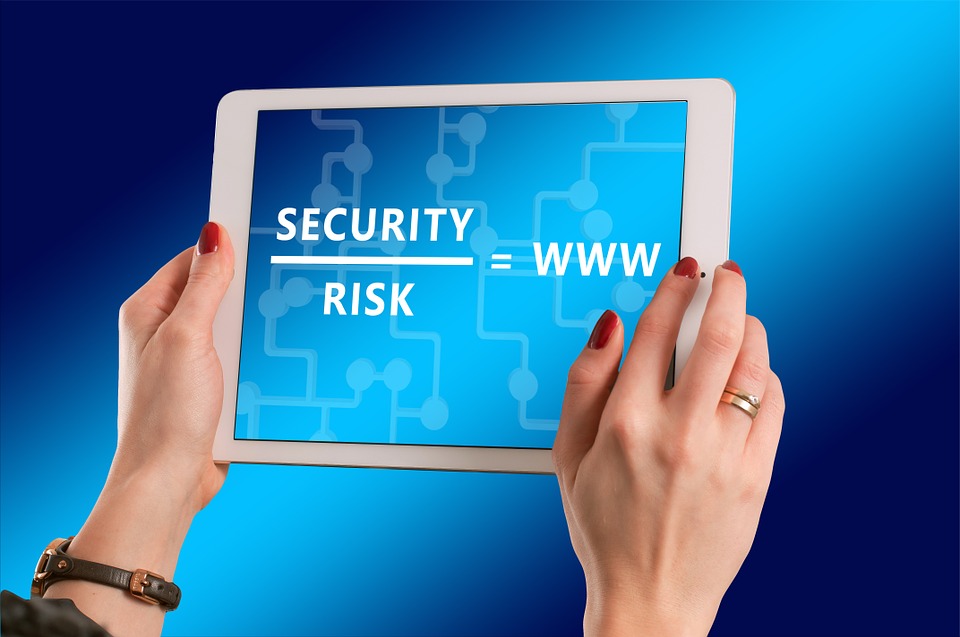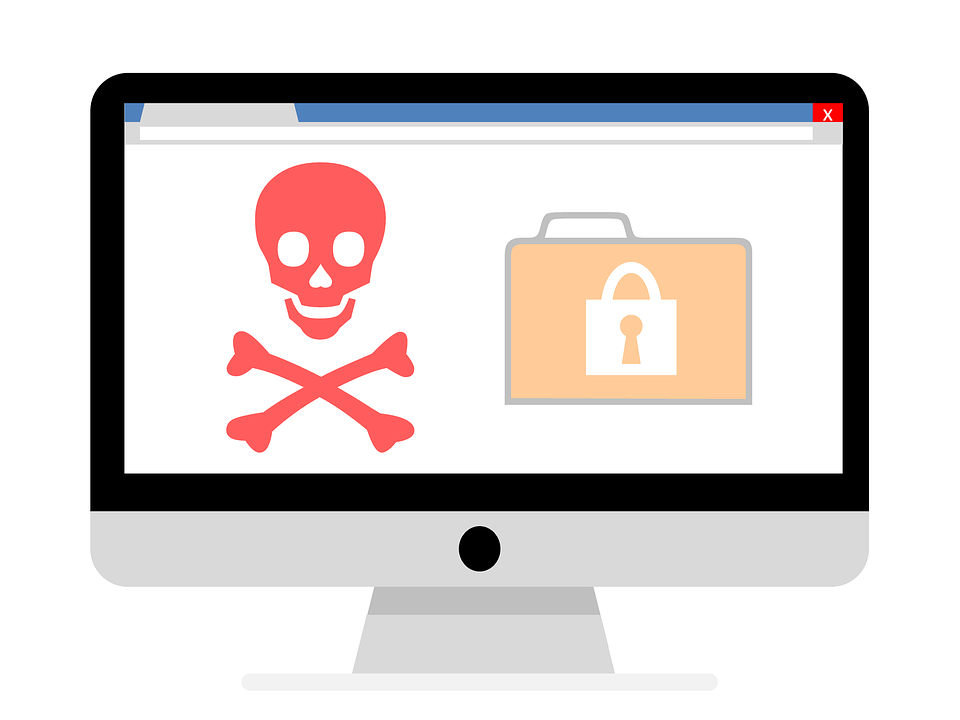The mobile workforce worldwide is expected to rise from the current 1.45 billion to 1.87 billion by 2022, according to the latest report from Strategy Analytics, titled “Global Mobile Workforce Forecast Update 2016-2022.” Despite the unlimited opportunities this will provide, there is also concern about new obstacles that organizations will face with mobile security as they attempt to support a larger number of employees handling a larger number of devices. Some people make jokes about others who to them are resembling the cartoon character Inspector Gadget. Hopefully, though, they will be smarter than him!
Slow but sure move toward mobile IT

Mobility is fast becoming the new normal when it comes to the field of computing, even though enterprises are still reluctant to entirely embrace the possibilities of always-connected, always-on gadgets due to the lack of suitable tools for mobile security.
For improving the features of these mobile devices within the enterprise, the upcoming generation of enterprise-related mobile security systems must evolve and change to assume a position of control among the mobile fleets owned by both the enterprise along with BYOD (bring your own device), which is owned by the employee. Sam Witwicky from the “Transformers” movies knows all about this BYOD trend; he brings Bumblebee to the table! But this is another topic!
Changing perception of smartphones in the enterprise environment
The question is: Have enterprises managed to embrace connected devices in spite of the large number of smartphones used in the enterprise?
Most of the devices are either owned by employees or issued and controlled by the company, but they are all present to improve the productivity of the enterprise services. However, outside the regular calendar and email applications, there are not a whole lot of enterprise mobile apps available.
This is all truer in the case of organizations that are regulated or a part of an industry such as energy, health care, financial services, government, and so on. Whereas cell phones continue to dominate the consumer space, enterprises have been a lot slower when it comes to replacing the desktop-based web apps and programs for taking care of everyday business activities.
So what exactly is the reasoning behind this? Well, there are several reasons behind the reluctance of enterprises to introduce mobile services for their staff. It all boils down to a combination of security concerns, technology constraints, privacy law, and compliance to regulation.
Concerns regarding mobile security

Enterprise mobility faces numerous challenges, but none of them are as daunting as security. All enterprises feature a comprehensive security policy and framework that encompass the primary aspects of confidentiality, data integrity, information security, non-repudiation, and access control.
Making sure that all the mobile services remain compatible with the security policies of the enterprise is difficult, to say the least, especially if you’re thinking about the related technology constraints. The problem becomes more acute when there are mobile devices functioning as per a BYOD method.
It could be due to the fact that an enterprise is unable to control the decision behind the purchase in the case of each employee directly, and thus, a number of people remain outside the constraints of security when selecting a personal mobile gadget of their choice.
The five biggest threats to mobile security of an enterprise are:
- Loss of the device.
- Application security.
- Data leakage from the device.
- Theft of the device.
- Malware attacks.

Solutions available for the enterprise
Every enterprise has to contend with a number of problems every time it tries to allow applications that improve productivity to be made available via smart mobile devices. There are some prudent strategies that enable them to mix the company security policy compliance and the ease of mobility with regulation.
However, organizations that deal prominently with mobile security are of the opinion that the future generation of mobile security must possess certain characteristics, including:
- User-focused service.
- Mobile SSO (Single Sign-On).
- Data protection.
- Agile MFA (Multi-Factor Authentication).
- Unified yet simple security.
User-focused service: It is critical for the upcoming generation of mobile security options to place the user front and center of the design. Moreover, it is necessary that the user experience remains the same, even if the despite they use changes. Services and apps related to mobile security must be simple to use instead of increasing the pressure faced by employees.
Mobile Single Sign-On (SSO): It is not only insecure but inconvenient if enterprise users are required to authenticate every time they wish for access to a different service on their mobile gadgets. This is why SSO is essential for the security solution of modern enterprises; it helps streamline the access to various devices from a single mobile device.
Data protection: According to the majority of enterprise security policies, data needs to be protected while it is in transit or storage, and mobile devices are no exception to this rule. Enterprise data has to be protected upon being viewed by mobile devices due to a mix of strong encryption and authentication.
Agile MFA (Multi-Factor Authentication): A strong MFA system is becoming increasingly widespread due to the new regulations in the industry as well as the gaps in the current crop of legacy authentication systems like passwords. MFA solutions for mobile devices need to be suitable to support endpoint access along with different authentication solutions that not only meet the security policy of the enterprise but user choice as well.
Unified yet simple security: The future generation of mobile security protocols for enterprises must adopt a more simplified and unified approach – one that combines various security features into a single comprehensive solution. The approach is capable of meeting both security needs and convenience, and the law prevents an organization from being required to integrate different security tools, sometimes from different vendors, into one giant unified service.
To become fully mobile, mobile security solutions for the enterprise must provide a clean, simple solution – one that allows enterprises to assume control of the mobile fleet owned by the enterprise as well as employees’ BYOD devices. The digital threats are increasing, and pretty soon these measures are a necessity rather than an option. It is time you seriously consider adopting them for your business or agency to remain safe and secure.
There is not any rest for the weary on this one!
Photo credit: Shutterstock



